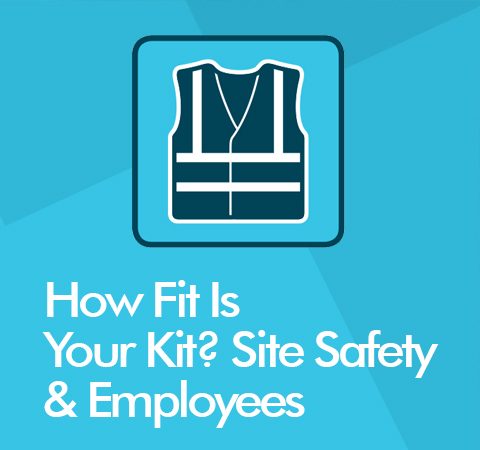Putting Your Best Foot Forward: A Step-by-Step Guide to Testing the Fit of Your Safety Footwear
Written By
Thumbs-Up2017.03.22

Step one: Put a sock in it
It might sound obvious, but before trying on a pair of safety boots, make sure you have the right socks on - these should be the type you intend to wear on the job so that you can accurately assess the boot ’s fit. Ideally, you want socks that are long lasting and insulating, but a top tip is to look for socks with the addition of moisture wicking fabrics which allow the foot to breathe and keep moisture at bay.
Step two: You're swell
Make sure you test the boots at the end of your day, as this tends to be when your feet are at their largest, due to swelling.
Step three: If the shoe fits
Before you lace up, push your feet forward and see if you can fit one finger behind your heel. This is a good indication that you have selected the correct size as a shoe any smaller is likely to create circulation issues.
Step four: Keeping you on your toes
Once your boots are on and done up, start walking around, then try some knee raises, as well as hopping and squatting. Next, slowly roll onto the sides of your feet, your ankles should feel adequately supported by the boots at this angle. Completing a variety of different movements like these, helps replicate some of the physical exertions you will be putting your feet and shoes through throughout the course of the day. Be aware that the heel should never lift up out of the boot or rub against the back of the shoe.
Step five: No mean feet
Next, take your feet out of the boots. Are there any red marks? If so, this highlights pressure points and hot spots, meaning that the boots are not a good fit and will likely cause all sorts of painful problems in the future. However, if your feet are free of marks, you ’ve found the fit for you.
Step six: These boots are made for walking
Finally, the last step to take. Once you have tried and tested the boots, we recommend lacing them in a Heel Lock pattern. This not only keeps your feet secure, holding your heel in place and ensuring your ankle is sufficiently supported, but also acts to remove the pressure from the front of your boot.
-
2019-08-08Site safety is one of, if not the, most important aspects of working within the commercial and industrial sector. PPE is intrinsic to safe working practice on site – yet it can often be misused,
-
2019-07-02Thumbs-Up Safety Guide to helping you make the right choices when supplying PPE and workwear Foreward For starters, when it comes to specifying and purchasing PPE products
-
2018-05-18Hazards of varying degrees of severity are present in almost all workplaces – whether its falling objects, moving vehicles, chemicals, noise or a myriad of other dangers.
 Mon - Fri:9AM-5:30PM
Mon - Fri:9AM-5:30PM





































